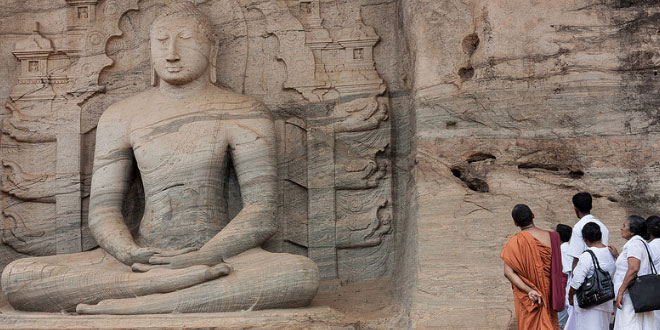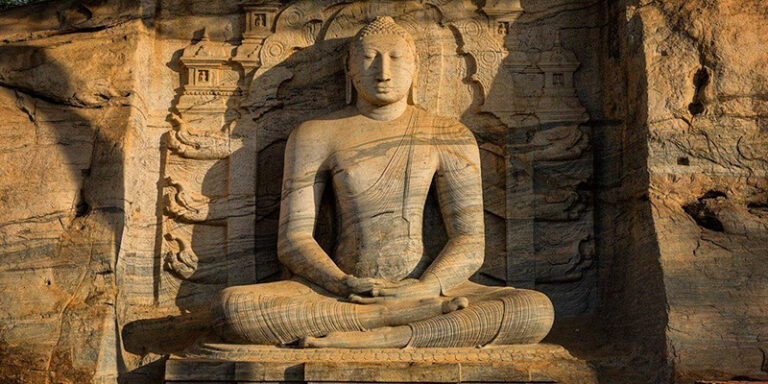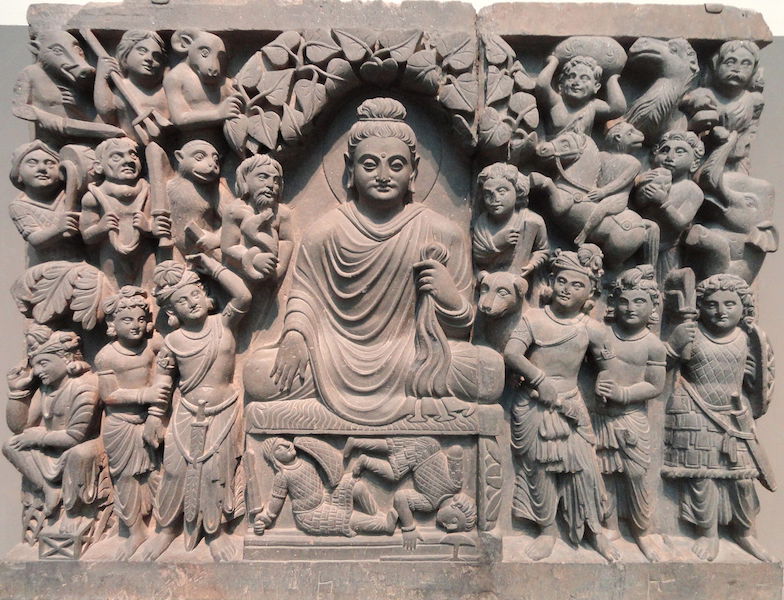Buddhist Art and Culture
Buddhist art is a significant cultural phenomenon that has fascinated people for thousands of years. The term “Buddhism” may be new to you, but it’s more than just about religious beliefs or meditation practices. There are many other aspects of this religion that deserve your attention, including the history and philosophy behind it. In this article, we will explore the significance of Buddhist art and the various types of art that have been created by different artists throughout history.

Buddhism was founded in the 6th century BCE and continues to flourish today. It originated as an offshoot of Hinduism but soon became much more complex and diverse. At its core, it is based on the teachings of Buddha Gautama, who lived from 563 BC to 438 AD. He is best known for his teaching of the Four Noble Truths, which include:
1. Suffering (Dukkha)
2. The origin of suffering (Nirvana)
3. End of suffering (Nirman)
4. A path to end suffering (Nirguna)

Buddhism is also important because it is one of the few religions that teaches us how to live a life free from suffering. Many other religions, such as Christianity and Islam, believe in God but treat their followers as slaves to His will. But Buddhism teaches us that the only way to escape this cycle of suffering is to find enlightenment and attain nirvana. This requires deep concentration, devotion, and practice. Here are some examples of Buddhist art:
Maha Bodhi – the world’s most famous sculpture
Bodhi Temple – India’s largest temple
Buddhist Stupas – ancient monuments that reflect the cultural diversity of South Asia
Vajra Saptar – sacred sites in central India
Sattriya Mandir – a beautiful example of Indian architecture
The Great Wall (Dhamma-Para Vihar) – a UNESCO World Heritage Site in Ladakh
Buddhist sculptures are often very detailed and elaborate, making them ideal for showcasing the beauty and spirituality of the region where they were carved. They can also provide insight into the life and work of those who created them. Some common ones include statues of Buddhas, deities, heroes, and sages. One of the most popular sculptures in India is the Mahabodhi Temple in Bamiyan, which was built in the 9th century CE.
In addition to being highly artistic and spiritual works, Buddhist art also has social and political significance. For instance, the Mughal Gardens in Delhi are a testament to the rich cultural heritage of India and its imperial rulers. These gardens feature intricate designs, intricate carvings, and ornate structures with intricate patterns, all designed to showcase the magnificence of the country. Another example is the Taj Mahal in Agra, which features intricate stucco carvings and intricate patterns that highlight the beauty and splendor of the city.

Another great piece of Buddhist art is the Gandharwada Sketches, which date back to the 12th century, depicting scenes from the life of Buddha. The drawings were made with watercolor and ink on paper and are believed to be unique examples of Sanskrit literature. They are considered beautiful and spiritually meaningful.
Buddhist art and culture have a long tradition that spans through centuries. From the simple depiction of Buddha to intricate, spiritual creations like the Mahabodhi Temple, there is no denying its profound impact on the human experience. Whether you are interested in philosophy, art, or historical artifacts, Buddhist art is sure to leave a lasting impression.
Conclusion:
Buddhist art and culture are essential components of the spiritual path because they provide deep insights into Buddhist teachings in addition to aesthetic enjoyment. We learn more about the peaceful fusion of spirituality and creativity that characterizes Buddhist art and culture as we delve into the symbolism, narratives, and expressive forms woven into this artistic tapestry. I hope that this investigation prompts a contemplative admiration for the beauty that endures and unites us with the core of Buddhist knowledge.
Fore more blogs visit:- Blogs
